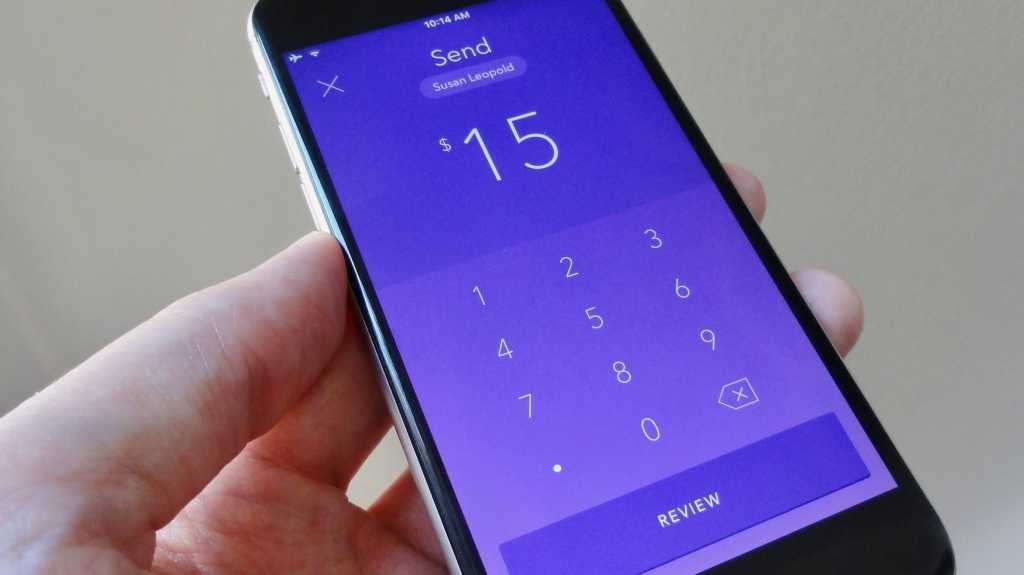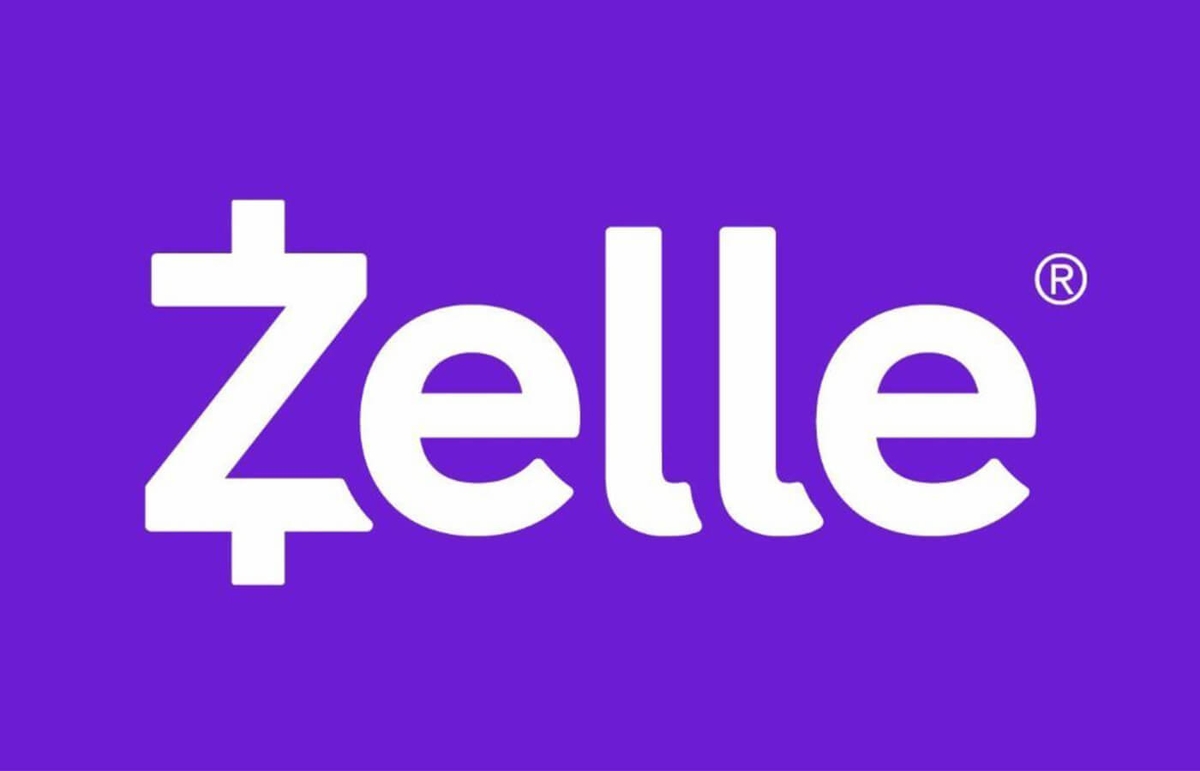15 zelle quick answers (read this before sending money!)
Have you ever needed to send money quickly to a friend or family member, but didn’t want to deal with the hassle of writing a check or visiting a bank? With Zelle, sending money is as easy as a few clicks on your phone. But before you start sending money, there are a few things you should know to avoid any potential pitfalls.
Zelle has quickly become one of the most popular ways to transfer money between individuals. With its user-friendly interface and integration with major banks, it’s no wonder why so many people are using it to send money. However, with its convenience comes potential risks and mistakes that could cost you money.
To ensure that you use Zelle safely and effectively, it’s important to know the right questions to ask and the common mistakes to avoid. In this article, we’ll provide 15 quick answers to your Zelle questions, so you can use this tool with confidence and ease. Whether you’re a first-time user or a seasoned pro, there’s something in this guide for everyone.
What is Zelle?
Zelle is an online money transfer service offered by major U.S. banks that allows individuals to quickly and securely send and receive money from one another using their bank account or debit card. It can be used for a variety of purposes, including splitting bills, sending gifts, paying rent or a friend back for dinner, and more. By providing the recipient’s email address or phone number, money can be transferred in minutes.

Is Zelle safe?
Yes, Zelle is a secure and convenient way to send money. To protect your money and information, Zelle requires you to use a password or fingerprint authentication when signing in to the app. Additionally, all transfers are encrypted and monitored for suspicious activity. Your bank may also offer additional security measures such as two -factor authentication, which adds an extra layer of protection.
Is there a fee to use Zelle?
No, there is no fee to send or receive money with Zelle. However, some banks may charge a small fee when using its associated app. Be sure to read the terms and conditions before signing up for any services associated with your bank.
Are there limits to how much I can send with Zelle?
Yes, each bank has its own set of limits on how much you can send and receive with Zelle. Typically, the limit is around $2,500 per day and up to $10,000 in 30 days. However, these limits can vary by bank and may be higher or lower depending on your account type.
Is there a minimum amount I can send with Zelle?
Yes, most banks require that your transactions are at least $1 or more. Any transactions below this amount may be declined. Additionally, if you’re sending money to someone in another country, you may also incur foreign transaction fees from your bank. Be sure to check with your financial institution for specific details before sending a payment.
What type of payments can I make with Zelle?
Zelle allows you to send money to friends and family members, but also to pay bills and transfer money between bank accounts. You can even use it to shop online or in-store. To find out if a merchant or vendor accepts Zelle payments, check the list of participating banks or contact the vendor directly.
Zelle is a digital payment service that allows users to send and receive money directly from their bank account. With Zelle, users can make payments to anyone who has a U.S. bank account and a registered Zelle account. The service can be used to make payments for a variety of purposes, including splitting bills with friends, paying for goods and services, and sending money to family members.
Payments can be made using a mobile device or through online banking, and the funds are typically transferred instantly. Zelle also offers a level of security and protection for users, as the service uses encryption and multi-factor authentication to keep transactions safe and secure.
Is there a time limit for sending money with Zelle?
Yes, the time frame for sending and receiving money varies by bank. Generally, transfers take between minutes to a few days depending on the type of account you have and when you initiate the transfer. If you’re in a rush, be sure to check with your bank to see what their estimated time frame is.
The exact time limit depends on the bank or credit union you are using to send money through Zelle. Typically, most banks and credit unions have a daily limit of $2,000 or $2,500 for sending money through Zelle, and the transfer must be initiated by a certain time (often 7pm Eastern Time) to be processed on the same day. However, it is important to check with your specific bank or credit union to confirm their time limits and daily transfer limits.
What if I mistakenly sent money to the wrong person?
If you accidentally sent money to the wrong person or account, contact your bank or Zelle as soon as possible. Depending on who you sent it to, they may be able to return it right away but if not, they will work with the recipient’s bank and try to get your money back.
If you mistakenly sent money to the wrong person, there are a few steps you can take to try to resolve the issue. First, contact the recipient and explain the situation. Ask them to return the funds to you as soon as possible. If they do not respond or refuse to return the money, you can contact your bank or payment service provider to see if they can help.
They may be able to reverse the transaction or freeze the recipient’s account. It is important to act quickly, as the longer you wait, the harder it may be to recover the funds. In the future, always double-check the recipient’s information before sending money to avoid this type of mistake.
Is Zelle available outside of the United States?
No, at this time, Zelle is only available to customers in the U.S. If you’re looking for an international money transfer service, there are other services that may be more suitable to your needs.
It is a digital payment service that is currently only offered to customers with a U.S. bank account and a U.S. phone number. Zelle operates through partnerships with U.S. banks and credit unions, and its services are limited to transactions within the U.S. In order to use Zelle, both the sender and recipient must have a U.S. bank account and be located within the U.S. While there are other digital payment services available internationally, Zelle is not currently one of them.
Is Zelle the same as Venmo?
No, Zelle and Venmo are two different money transfer services. While both apps allow you to send and receive money from friends, family, and businesses, they have some key differences.
For example, Zelle is offered by major U.S. banks and does not require users to have an account with any particular bank in order to use it; however, Venmo requires users to have a PayPal account in order to use its services. Additionally, while transactions through Venmo are not immediate, transfers made through Zelle are typically completed within minutes.
Are there any other security measures I should be aware of when using Zelle?
Yes, it is important to take steps to protect your account and information. Always use a strong password that is different than the one you use for other accounts and never share your login credentials with anyone. Additionally, always confirm the recipient’s information before sending money and make sure you know who you are sending it to.

Furthermore, if you receive a payment request from someone you do not know or trust, do not complete the transfer. Lastly, never click on suspicious links or attachments in emails as they may contain malware that could be used to access your personal data.
One of the best ways to ensure a safe and secure transaction with Zelle is to verify the recipient’s information before sending any money. You should also make sure you know who you are sending money to, as you will be liable for any fraudulent transactions if it’s sent to the wrong person or account. Additionally, never share your login credentials with anyone and always use a strong password that is different than the one used for other accounts.
It is also important to watch out for suspicious emails, links, or attachments that may contain malware which can be used to access your personal data. If you receive an unexpected payment request from someone you don’t know, do not complete the transfer. Lastly, if something doesn’t seem right, contact your bank or Zelle to protect yourself from any fraudulent activity.
It’s also important to keep an eye out for any suspicious emails, links, or attachments sent from unknown senders. These may contain malicious software that can be used to access your personal information. If you receive a payment request from someone you don’t recognize, it’s best not to complete the transfer.
Furthermore, Zelle customers should always take the necessary steps to protect their account and information. Ensure that you use a unique password different than the one you use for other accounts and never share your login details with anyone else. Additionally, make sure that you confirm the recipient’s information before completing a transfer and double check who you are sending money to as well as how much is being sent.